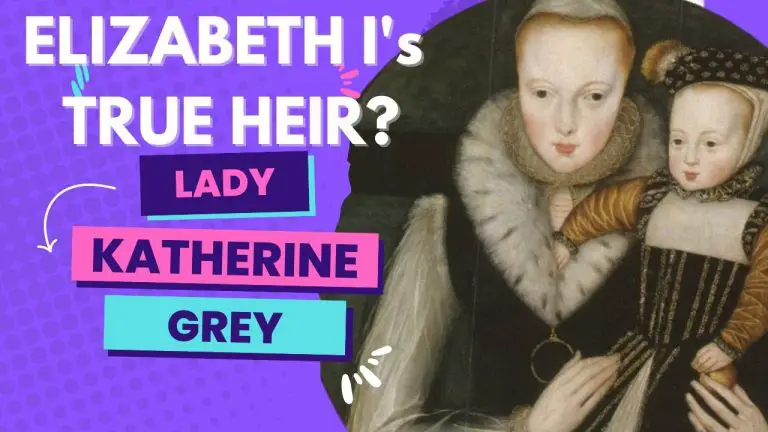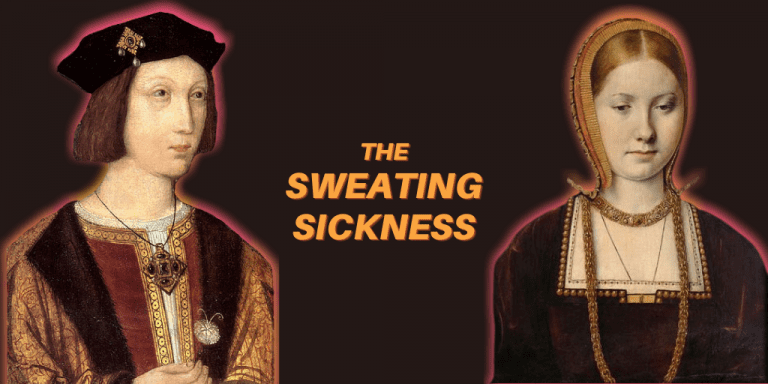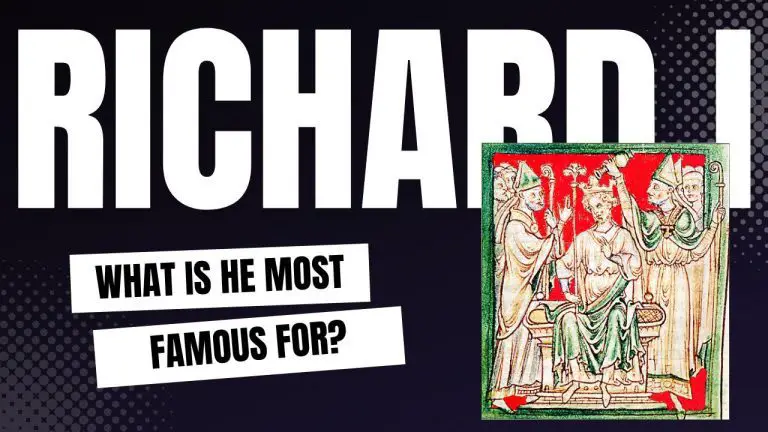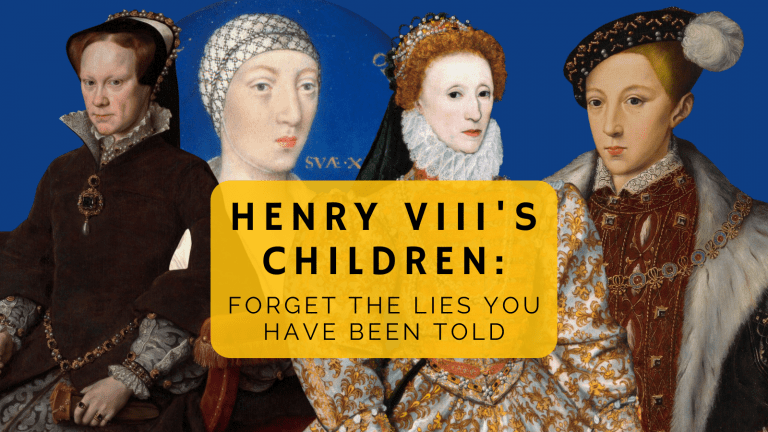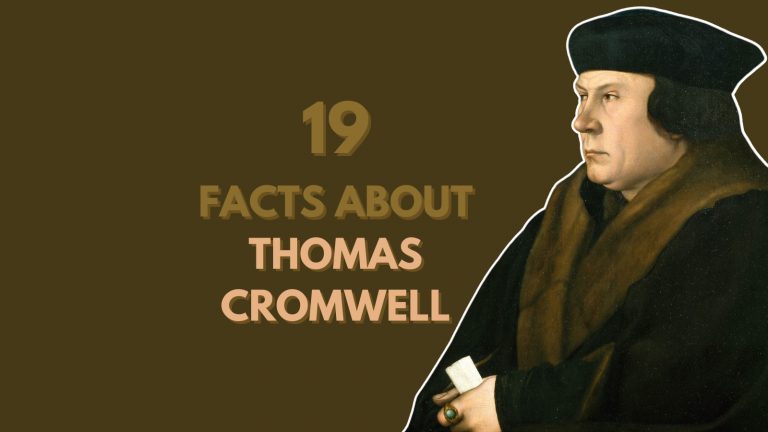Mary Queen of Scots’ Crown of Scotland
While Queen Elizabeth II was lying in state in St Gile’s Cathedral in Edinburgh on the Monday following her death, the Crown of Scotland took its rightful place atop her coffin. Fitting because it represents the country in which the Queen took her final breath in her beloved Balmoral Castle.
The Crown of Scotland has adorned the sovereign heads of many a royal over the centuries as part of the Honours of Scotland, the oldest set of Crown jewels in the British Isles. The earliest proof of the crown goes back to 1503 and the occasion of the marriage of King James IV to Margaret Tudor. Scottish monarchs in whose coronations the Scottish Crown played a part include Mary, Queen of Scots in 1543, James I and VI in 1567, Charles I in 1633, and Charles II in 1651. The crown has not been used for Scottish coronations since.
It was King James V of Scotland who had the crown fashioned in the form we see today way back in 1540. This is when the royal goldsmith, John Mosman, melted down the old crown to make what we now know as the Crown of Scotland. The result weighs in at 1.64 kg (3 lb 10 oz). Mosman removed all the gems, melted the gold, and added 41 ounces of Scottish gold mined at Leadhills to construct the solid gold crown.
Along with the Crown’s 22 gemstones, garnets, and amethysts are 68 Scottish freshwater pearls and 20 precious stones. The base of the crown presents fleurs-de-lis alternating with crosses fleury. The arches are decorated with gold and red oak leaves with their intersections in golden monde painted blue with gold stars. The large cross on the monde is decorated in gold and black enamel with pearls. James V had the tailor fit a purple and ermine bonnet inside the crown, which James VII later changed to red. The bonnet has seen more than a few replacements over the centuries, last updated in 1993.
The Scottish Crown Jewels became the object of nefarious intent during the Civil War. Oliver Cromwell and his English troops defeated the Scottish army at the Battle of Dunbar on September 3, 1650. This saw Scotland under English occupation for the next ten years.
Oliver Cromwell melted down the ancient English crown jewels and then went in search of the Scottish crown jewels to do the same. The coveted jewels that had been secreted within Dunnotar Castle were surreptitiously removed and entrusted to a clergyman by the name of Grainger. He duly buried them under the pulpit in the church at Kinneff.
After the Act of Union of 1707, which saw the Kingdom of Scotland and the Kingdom of England united to become the Kingdom of Great Britain, the Honours held no further ceremonial role. They were relegated to safekeeping, locked in an oak chest within Edinburgh Castle, and consequently forgotten. There they lay, erased from memory for more than a century. Thanks to Walter Scott and a few like-minded individuals, they were found in 1818 to be put on display in 1819 in the Crown Room of Edinburgh Castle. Since then, they have only been taken out for state occasions, the first being during King George IV’s visit to the Palace of Holyroodhouse in 1822. He was the first reigning monarch since 1651 to visit Scotland.
The first time Queen Elizabeth II was directly involved with the Crown of Scotland was after her coronation at Westminster Abbey. On 24 June 1953, during a procession from the Palace of Holyroodhouse to the High Kirk of St Giles, Edinburgh, the crown was carried ahead of Queen Elizabeth II. The Honours of Scotland were then presented to her during a National Service of Thanksgiving.
The official opening ceremonies of sessions of the modern Scottish Parliament have included the Crown of Scotland. It is the custom of the ancient opening ceremonial procession that they are carried by the Duke of Hamilton, the hereditary bearer of the Crown of Scotland. He immediately follows Her Majesty The Queen as is customary in the Riding of Parliament.
The final involvement of the Queen and the Crown of Scotland was on the 12th of September 2022, the Monday after her death. It was then that the hereditary Keeper of Holyroodhouse Palace placed the significant crown on the coffin in readiness of the thousands of Scots paying respect as the Queen lay in state in St Giles’ Cathedral.

